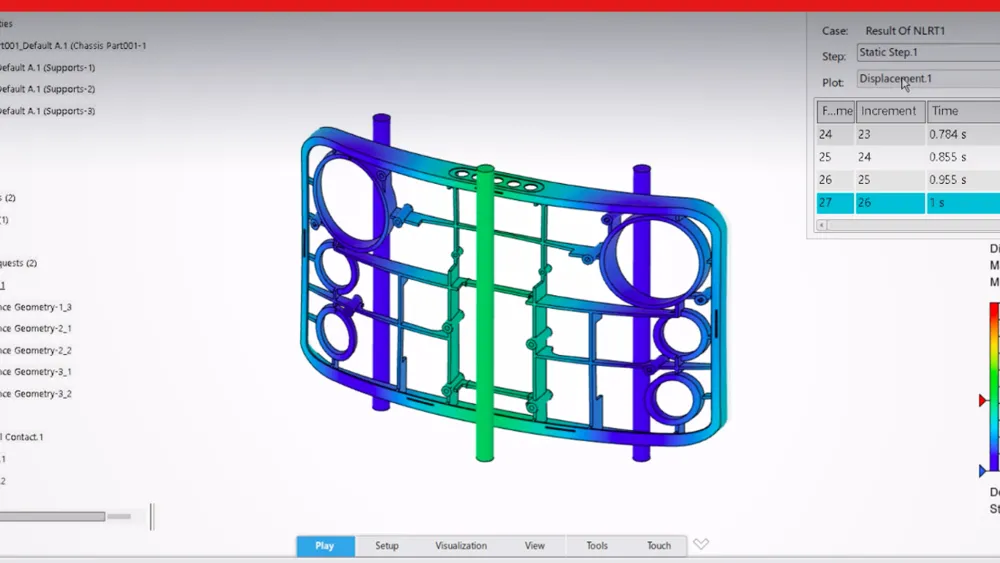Consumer electronics designs are shrinking, but the requirements for manufacturing these must-have tech products continue to grow in complexity. For example, integrating Bluetooth, Wi-Fi, and smart components into increasingly smaller products opens a new set up challenges for electronics design. The best way to conquer these challenges? Arming your design team with powerful computational analysis tools.
As in reality, there is never truly a linear solution to solving advanced electronics simulation problems. Nonlinear Finite Element Analysis (FEA) is the best method to ensure your complex products work as intended and make it to consumers on schedule.
This three-part video series evaluates a conceptual design for an internal bracket used to stabilize a portable projector lens. The project uses nonlinear analysis in SOLIDWORKS Simulation Premium and Structural Professional Engineer to validate both feasibility and usage.





